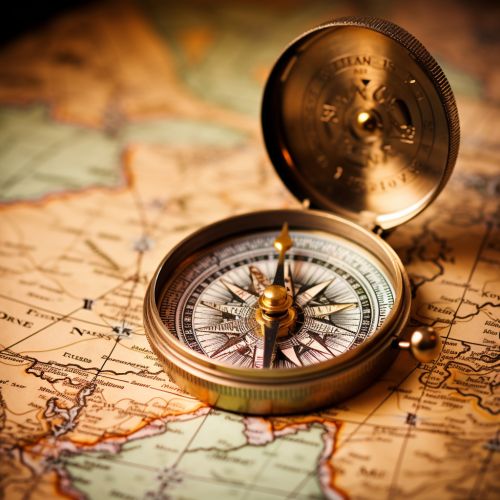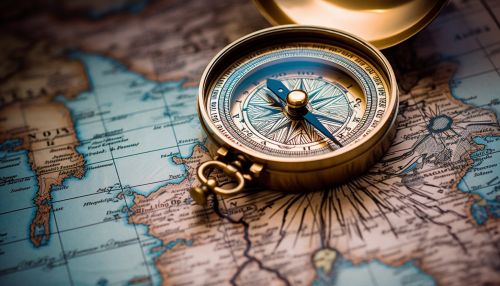Navigation
Introduction
Navigation is the process of accurately determining the position and planning and following a route. It is a fundamental aspect of many activities, including maritime, aeronautical, and land navigation, as well as in more specialized fields like wilderness navigation and orienteering. The science of navigation involves a variety of disciplines, including geography, physics, and astronomy, among others.


The history of navigation is a long and complex one, stretching back to the earliest days of human history. Early humans navigated by landmarks and celestial bodies, a practice that evolved into more sophisticated methods as civilizations developed. The history of navigation is marked by significant milestones, such as the invention of the compass, the development of cartography, and the advent of satellite navigation systems.
Techniques and Tools
Navigation techniques and tools have evolved significantly over time. Early navigators relied on simple tools like sextants, astrolabes, and compasses, as well as their knowledge of the stars and landmarks. Today, navigation is often done using advanced technology, such as GPS, radar, and sonar, although traditional methods are still used in certain contexts.
Celestial navigation, also known as astronavigation, is a method of navigation that uses observations of celestial bodies to determine position. This method has been used for centuries by mariners and is still a vital skill in certain situations, despite the prevalence of GPS technology.
Electronic navigation is a broad term that encompasses a variety of technologies, including GPS, radar, and sonar. These technologies have revolutionized navigation, making it more accurate and reliable than ever before. However, they also have their limitations and potential drawbacks, such as susceptibility to interference or failure.
Navigation is not a one-size-fits-all process. Different contexts require different methods and tools. For example, maritime navigation involves considerations like tides, currents, and underwater hazards, while aeronautical navigation must account for factors like altitude, airspeed, and wind direction. Land navigation, on the other hand, often involves navigating by landmarks and terrain features.
The future of navigation is likely to be shaped by advances in technology, such as the development of more accurate and reliable satellite navigation systems, the integration of artificial intelligence, and the use of augmented reality. However, traditional navigation skills and knowledge will likely continue to be important, particularly in situations where technology may not be reliable or available.
